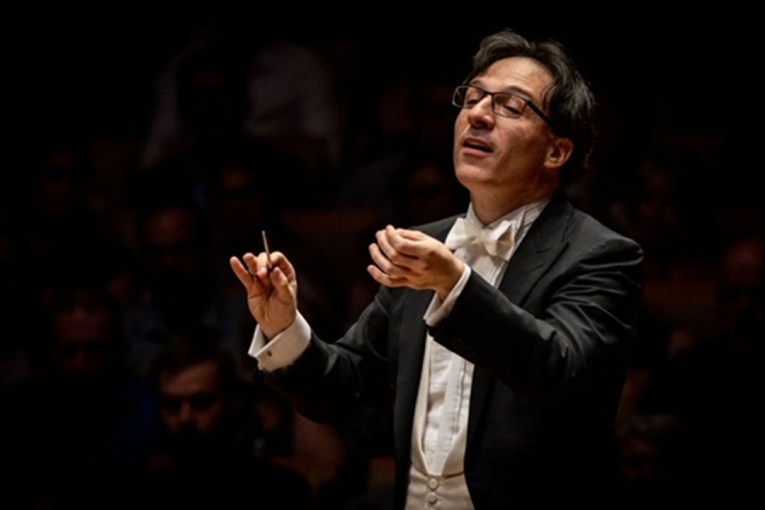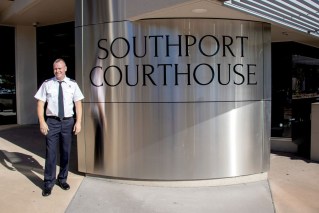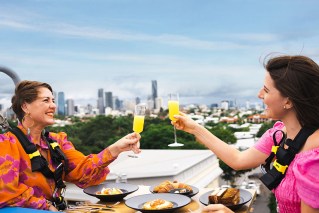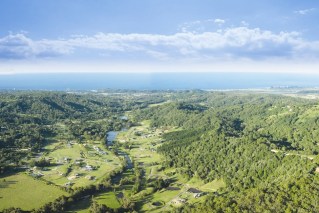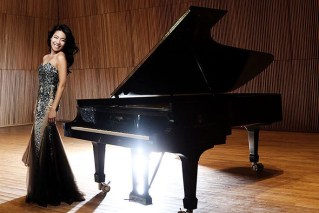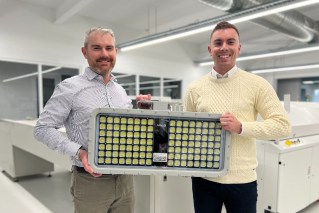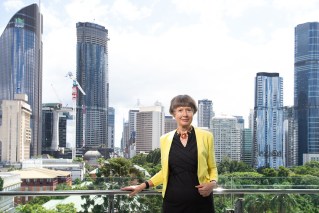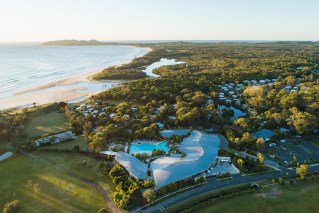Monuments to our darkest moments: how First Nations artists are taking back public space
Indigenous artists and architects are expanding our idea of what monuments can look and feel like through evocative public art.
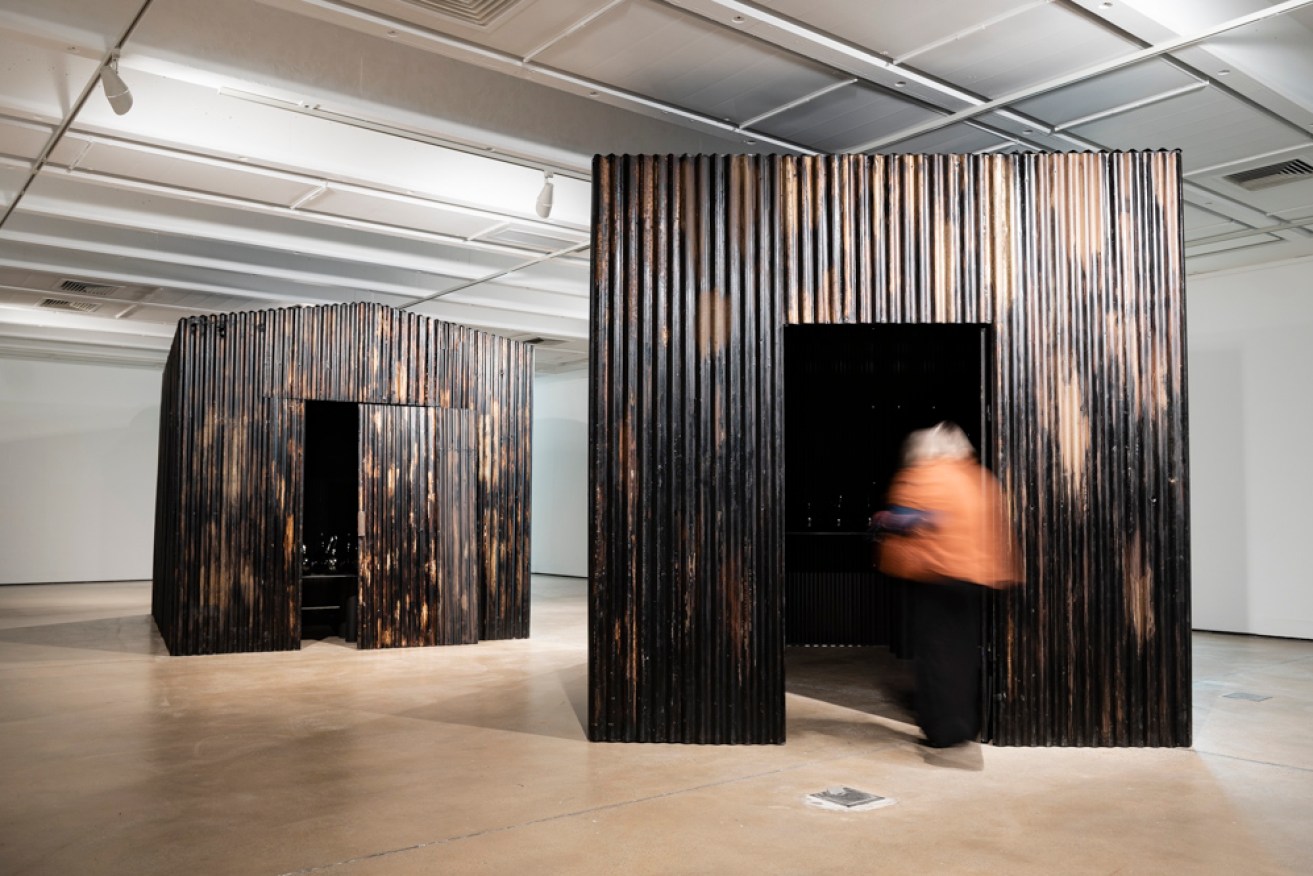
Yhonnie Scarce, Missile Park, 2021, zinc sheet, steel frame, earth magnets, bitumen paint, shellac and hand-blown glass. Installation view: IMA Brisbane. Courtesy the artist and THIS IS NO FANTASY, Melbourne. (Image: Marc Pricop)
While many of Australia’s significant historical sites are marked by bronzes and busts of colonial figures, markers of Aboriginal and Torres Strait Islander perspectives and experiences are often absent from public space.
Indigenous Kokatha and Nukunu artist Yhonnie Scarce has travelled the world researching memorials to genocide, which inform her own practice of marking sites of trauma.
Yhonnie Scarce is a master glass-blower, which she puts to the service of spectacular art installations.
She was born in Woomera, South Australia and her work often explores the impact of nuclear testing, the removal and relocation of Aboriginal people from their homelands, and the forcible removal of Aboriginal children from their families.
At Fortitude Valley’s Institute of Modern Art a new survey exhibition brings together artworks from the last fifteen years of Yhonnie Scarce’s practice, including a new architecturally-scaled commission, Missile Park.
Scarce sees this artwork as a memorial both to those who lost their lives in the Elliston Massacre, as well as the thousands of people murdered during the frontier wars.

Yhonnie Scarce, Weak in colour but strong in blood, 2014, hand-blown glass, found steel trolleys and medical equipment, dimensions variable. Installation view: IMA Brisbane. Courtesy the artist and THIS IS NO FANTASY, Melbourne. (Image: Marc Pricop)
Missile Park echoes vernacular Australian architecture, presenting three corrugated iron sheds each housing glass sculptures of bush plums, a native food found on Kokatha land.
Outside of the gallery, recent public art commissions include the National Gallery of Victoria’s 2019 Architecture commission In Absence, produced with Edition Office.
Scarce’s work demonstrates that art can play a meaningful role in interrogating our shared histories and to draw attention to pasts that have been overlooked.
She is just one of many Indigenous creatives interrogating representation of their stories and histories in public spaces.
Taking Missile Park as a starting point, leading Aboriginal arts administrators, artists, and architects will come together at the Institute of Modern Art Saturday 11 September for a panel discussion titled Monumentalisation: conveying cultural narratives with installation and public art.
Blaklash co-founder Troy Casey will be joined by architect Kevin O’Brien, and artists Judy Watson, and Tony Albert as they explore the intersection of architecture, memorial culture, and the representation of First Nations histories in their own projects and practices.
The panellists will explore the impact of reclaiming sites of significance as First Nations spaces, how these statements influence public discourse around land ownership, history and representation, and the intricacies of how First Nations artists navigate this process.
Entry is free with limited onsite capacity. Register your attendance via the IMA here or register for the livestream link here.

